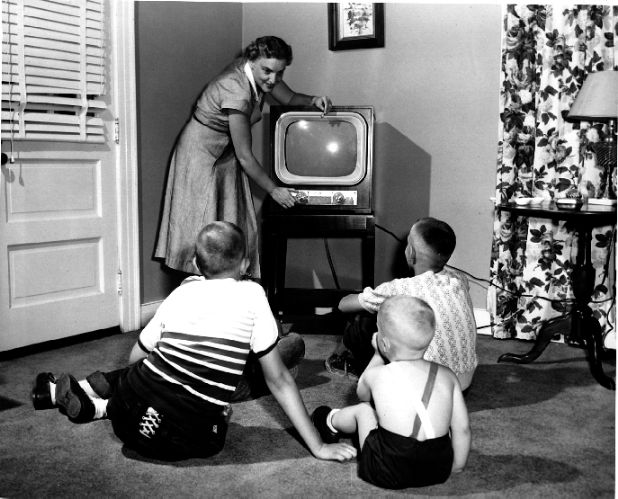Throughout history the way video content has been consumed has been dependant on the broadcast technologies available at the time. At the turn of the twentieth century people flocked to picture theatres and nickelodeons to see the latest film or instalment of a film series1 2. The popularity of these movie theatres inevitably led to developments in production techniques, including multi-shot films3. These films could range from being ten minutes to over an hour and a half in length4.
As technology progressed further the television was invented. This saw the movie series format transform into television series5. Broadcast technology was brought into the homes of everyday people for the first time. Buying your own television set meant that you could enjoy moving pictures from the ease and convenience of your own home. Meanwhile, the cinema began taking on a different role and showed only the latest feature length films5.
We now find ourselves at another technological crossroad. Video streaming has taken off in countries such as the United States, Canada and South America. So how will the current broadcast industry adapt if technology like this comes to Australia? We have seen throughout history that the kind of technology available has changed the industry in dramatic ways. For example, before the launch of Youtube in 2005 what avenues were available to allow people to broadcast themselves? In fact, short films in general had very limited outlets for being broadcast before youtube.
So what can we expect if content traditionally seen on television starts moving online in Australia? And in some ways, is this already happening?
References:
1.Abel, Richard (2005). Encyclopedia of Early Cinema. New York: Routlege. p 316.
2. Jaycox, Faith (2005). The Progressive Era. New York: Facts on File Books. p 270.
3.Gazetas, Aristides (2008). Am Introduction to World Cinema. North Carolina: McFarlane and Company Publishers. p 31.
4.Grieveson, Lee (2004). The Silent Cinema Reader. New York: Routledge. pp. 80–81.
5.Dixon, Wheeler and Foster, Gwendolyn (2008) A Short History of Film. New Jersey: Rutgers University Press. p 221.






No comments:
Post a Comment